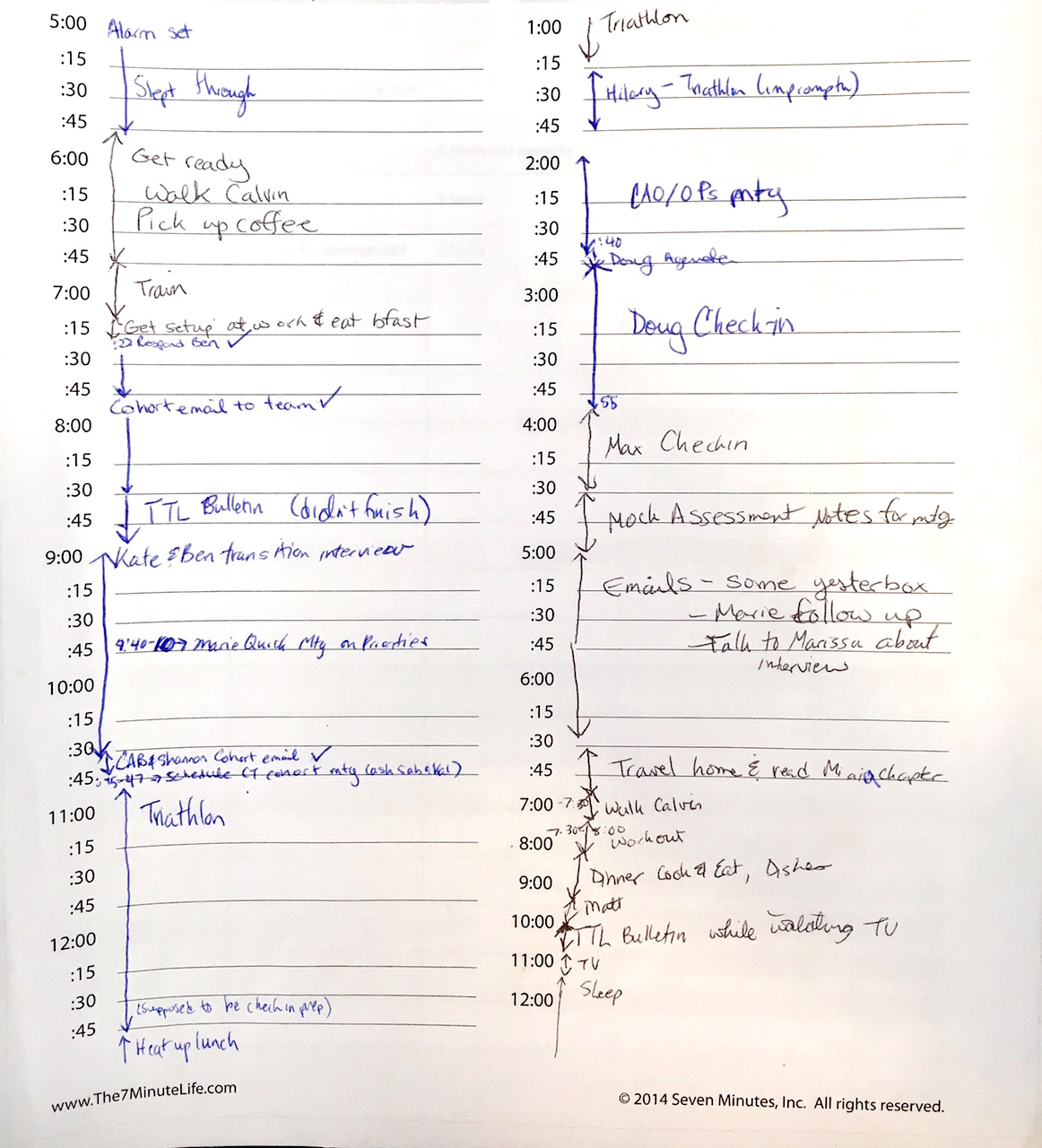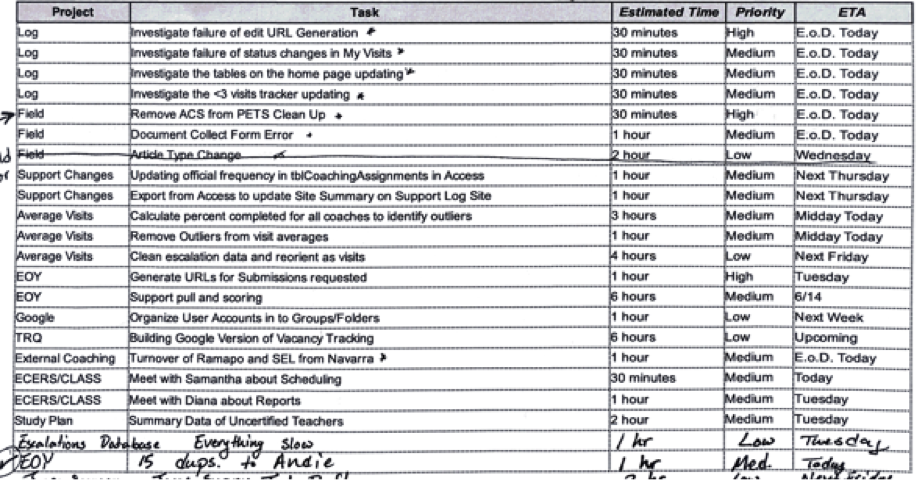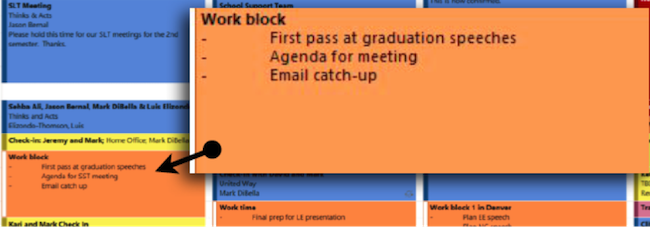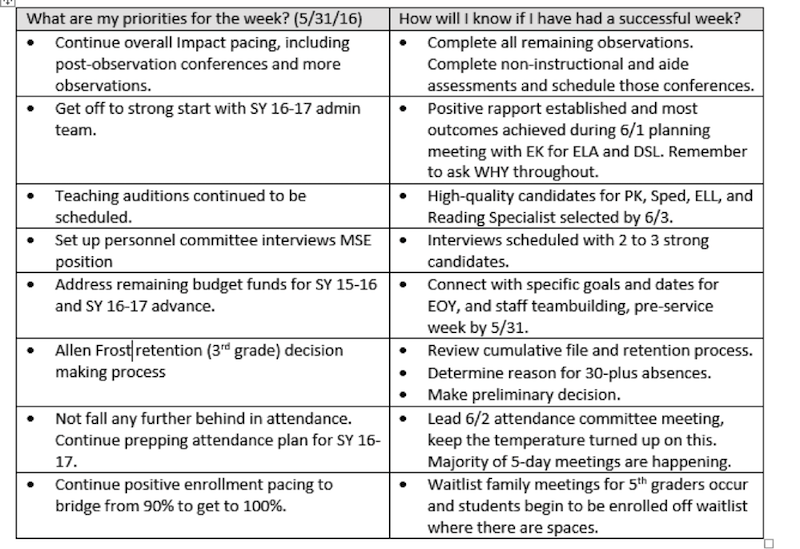5 Coaching Tips Help Schools Get Organized
Let’s assume you are a reasonably together middle grades leader. You plan ahead, prioritize well, and handle the unexpected with grace and efficiency. But what about everyone around you who struggles with Togetherness?
The colleague who is chronically late to staff meetings? The teacher who focuses more on how her classroom looks than the design of her lessons? The peer who doesn’t reply to your email requesting a tardy policy?
In my consulting work, I frequently receive emails like this one:
Dear Maia,
One of my new grade-level chairs is drowning in personal ineffectiveness and it’s having a negative impact. She asked me for feedback on her team meeting. I held time last Thursday on my calendar and then she cancelled last minute. She emailed on Sunday to say she still wasn’t ready, but then she asks me if I can make time Monday morning! She is going to lose credibility with her teachers and families. Help!
Let’s face it. Planning and prioritizing in schools is HARD work. Basically every force is working against your best interests to try to turn you into a Hot Mess Post-It Artist, Lusty Checkmarker, or Smartphone Addict. What’s a Together Leader to do?
First, what you want to avoid

The second mistake leaders make is attempting to micromanage others to get things done – and no leader I know has time for this. At the end of the day, your team needs to be motivated, inspired, and equipped to meet their own goals.
Last, leaders make inaccurate assumptions about peoples’ mindsets or habits, e.g., “They procrastinate. He’s lazy.” This is perhaps the most dangerous approach because it is impossible to truly identify the issue until you deeply examine it.
In my decade plus of coaching school and instructional leaders on Togetherness, I’ve learned that you have to really get to know the person, their role, and their environment before you can do anything to help – and have a great coaching relationship to boot!
A different way to help
Let’s try a different approach with helping people in schools who struggle with time management. The next time you encounter a teacher who is late with lesson plans, or a team leader who doesn’t send out the parent communications, ask for permission to coach them and jump in with the following five steps (click on images to enlarge):
1. Track the Time. Let’s just start here with zero assumptions. Before you offer solutions, you need to get an accurate understanding of HOW someone’s time is being spent across a period of at least several school days. You can ask them to gather this data using technology like Toggl or a simple tracking sheet like the version below. (Download this 3-day tracker and a Priority Crush tracker at my website page.)
2. Dig into Data. Now that you have the info, it’s time for a rich conversation. Ask questions like, “What surprised you? What took more time than you anticipated? What do you wish you were spending time on that you are not? When is your energy highest and lowest? What parts of your job do you love? What parts of your role do you avoid?” More often than not, answers will yield clues as to where someone might be able to make small changes to better leverage their own resources and energy.
And finally ask, “If you were TOTALLY TOGETHER, what would it get you? More presence with your students? Greater impact across your schools? More free time with your spouse or kids? More sleep at night?”
3. Envision the Ideal. Now that you know patterns and intentions, it’s time to sketch out the Whats and the Whens (below). Start with a braindump of everything the person HAS to get done in a week (deadlines, appointments, and so on). Then add in everything the person would LIKE to get done in a week (exercise classes, data analysis, etc.)
Last, help him sketch it all out across his calendar tool of choice. The leader in the example below took the time to post her ideal week on her Outlook calendar – right down to her commute and dog walking. Without the ideal, what can we shoot for?
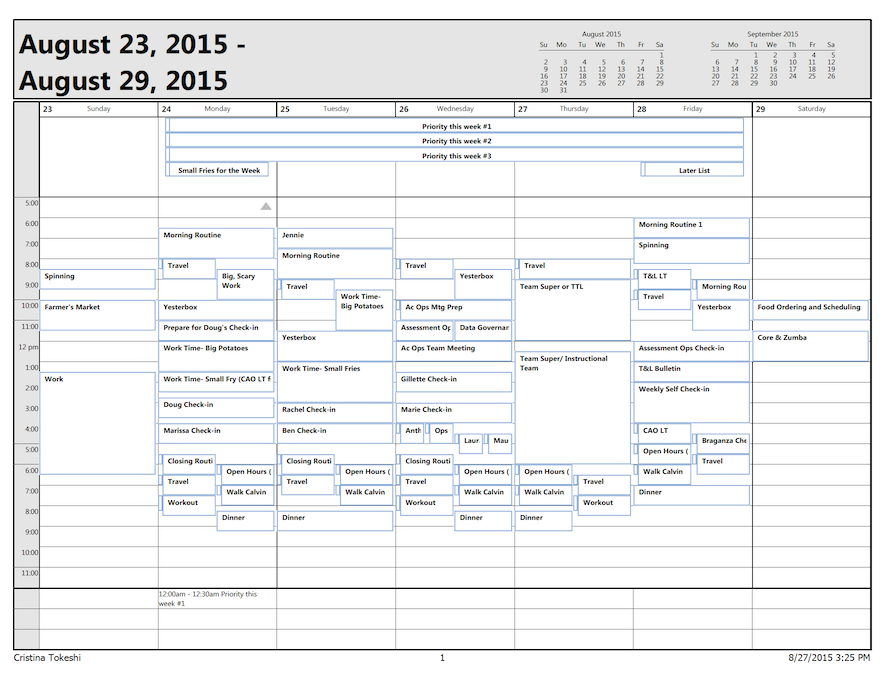
5. Practice and Perfect. Shawn S., an instructional superintendent, asks his people to send their priorities and plans for the week – and then tell him how he can best support them. We all need accountability to stay focused on what matters the most – and accountability plus support is the best combination.
Upfront time investments will pay off
Before making assumptions, prescribing tools, or managing by the minute, take some time to follow these five steps to support your Team’s Togetherness! It may not go as quickly as you would like; you’ll have to review artifacts, initiate deep conversations around motivations and boundaries, and maybe even shadow for a day. But if you invest this upfront time, I guarantee you will see routines beginning to rule, habits being established, and the right tools getting selected.
________



